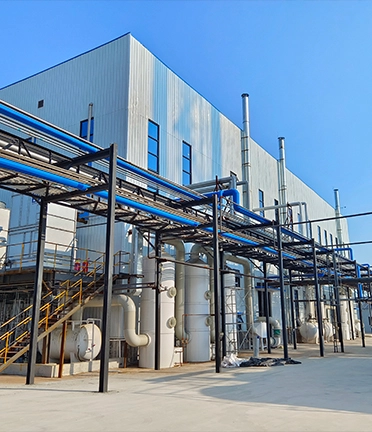Poly Aluminium Chloride Applications in Water Treatment and Purification Processes
Poly Aluminium Chloride for Water Treatment
Water is an essential resource for life, and its quality plays a critical role in public health, environmental sustainability, and economic development. In many regions, particularly those facing issues with water pollution and clarity, effective water treatment processes are necessary to ensure that drinking water is safe and clean. One of the most effective coagulants used in water treatment is Poly Aluminium Chloride (PAC).
Poly Aluminium Chloride is a versatile chemical compound that serves as a coagulant and flocculant in the water treatment process. It is produced through the combination of aluminum oxide and hydrochloric acid, resulting in a polymeric form of aluminum that is highly effective in coagulating impurities suspended in water. PAC has gained popularity over traditional coagulants, such as alum (aluminum sulfate), due to its enhanced efficiency and wider operational pH range.
Poly Aluminium Chloride for Water Treatment
The advantages of using PAC over traditional coagulants are substantial. Firstly, PAC operates effectively over a broader pH range, typically between 5 to 9, which makes it suitable for various water qualities. This flexibility is crucial for water treatment facilities that deal with fluctuating water conditions and diverse contaminants. Secondly, PAC requires lower doses compared to alum, making it a more economical option. With a higher alumina content, PAC can achieve the same or even better coagulation performance with less chemical input, reducing overall treatment costs.
poly aluminium chloride for water treatment

Moreover, the use of PAC can lead to lower sludge production. Traditional coagulants often result in significant amounts of sludge, which requires additional handling and disposal processes. PAC, on the other hand, produces a less voluminous and denser sludge, simplifying the sludge management process and decreasing disposal costs.
The impact of PAC on the water treatment process is evident in its role in enhancing water clarity. Treated water shows improved turbidity levels and reduced color, making it aesthetically pleasing and safe for consumption. Furthermore, PAC aids in the removal of contaminants, including heavy metals, organic compounds, and microorganisms, thereby ensuring the safety of drinking water and protecting public health.
In addition to drinking water treatment, PAC is also utilized in wastewater treatment, paper manufacturing, textile processing, and various industrial applications. Its multipurpose nature makes it a valuable asset across different sectors where water quality is paramount.
In conclusion, Poly Aluminium Chloride is a highly effective coagulant that plays a crucial role in the water treatment process. Its efficiency, economic advantages, and ability to reduce sludge production make it a preferred choice for water treatment facilities worldwide. As the demand for clean water continues to rise, the importance of effective coagulation methods, such as those using PAC, will only grow, ensuring that safe drinking water is accessible for all. The ongoing research and development in this field will likely lead to even greater advancements, further improving the technologies available for water purification and environmental safeguarding.
-
lk-319-special-scale-and-corrosion-inhibitor-for-steel-plants-advanced-solutions-for-industrial-water-systemsNewsAug.22,2025
-
flocculant-water-treatment-essential-chemical-solutions-for-purification-processesNewsAug.22,2025
-
isothiazolinones-versatile-microbial-control-agents-for-industrial-and-consumer-applicationsNewsAug.22,2025
-
scale-inhibitor-key-solutions-for-water-system-scale-preventionNewsAug.22,2025
-
organophosphonates-versatile-scale-inhibitors-for-industrial-water-systemsNewsAug.22,2025
-
scale-and-corrosion-inhibitor-essential-chemical-solutions-for-water-system-maintenanceNewsAug.22,2025





